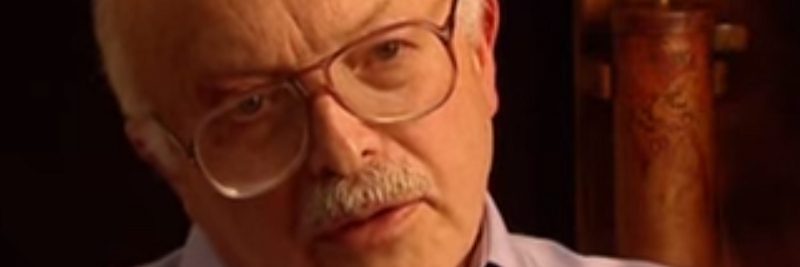The traditional cuckoo clock is a thing of beauty. It’s hand-carved and in the shape of a chalet. Every time the clock sounds, a bird comes out of the chalet and sounds the “cuckoo” that gives the clock its name. These clocks have been made in the Black Forest region of Germany for nearly 300 years, but it isn’t known who actually started this practice. To find the true inventor of the cuckoo clock, however, you’ve got to go back to the 2nd century BC.
A man named Ctesibius of Alexandria was known for carrying a time piece that had an automaton bird associated with it. It would use water to sound a whistle and animate an owl that was included on the timepiece. Ctesibius is known as the father of pneumatics because he worked with compressed air and water with many of his studies. Engineering was one of his primary loves of life and so he was always tinkering with something or writing an idea down. Unfortunately none of his written works survived. His inventions, however, are well known.
1. The Adjustable Mirror
Many people believe that before Ctesibius became a scientist, he actually worked as a barber. In the ancient world, making someone look good was undoubtedly a difficult proposition. Solid state mirrors, dusty environments, and long travels meant that he needed to have the best tools possible. To improve how the reflections could be used, Ctesibius invented a mirror that had a counterweight on it so that it was fully adjustable.
2. The Hydraulis
When you enter a large cathedral, one of the main attractions tends to be the massive pipe organ that has been installed. Ctesibius invented the earliest version of the large pipe organ, called the Hydraulis, because it worked on water pressure. It is considered the first instrument in the world that had a keyboard and was played by hand instead of an automated water flow. A light touch was all that was needed to create massive sounds.
3. Force Pumps
In order to lift water from a well, a force pump is often used. This creates a pressured stream of water that allows it to be collected at the surface and once active, the volume stays consistent with every operation. Ctesibius was the first to consider the design of the force pump and many of his specific designs can be found at ancient Roman sites. The idea of siphoning comes from the initial ideas of the force pump as well.
4. The Water Clock
The timepiece that Ctesibius wore was just one example of the clepsydra invention that he created. This water clock was considered the most accurate timepiece for more than 1,800 years, which is a true testament to this man’s ingenuity. Despite these remarkable and memorable inventions, however, Ctesibius was extremely poor and struggled to maintain an adequate living, even though he had kings that supported the arts and engineering who were ruling at the time.
Strong proponent of individual liberty and free speech. My goal is to present information that expands our awareness of crucial issues and exposes the manufactured illusion of freedom that we are sold in America. Question everything because nothing is what it seems.




















